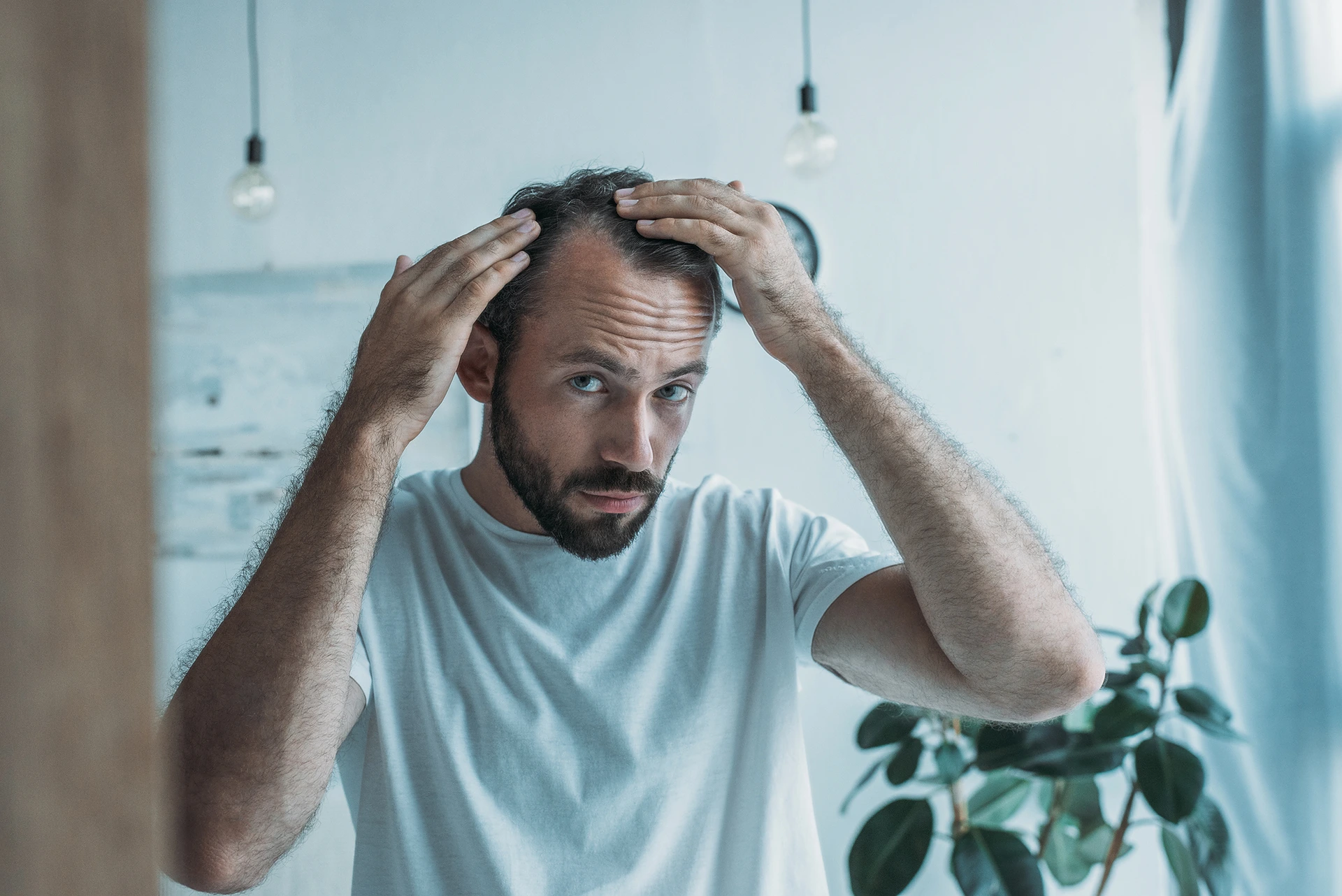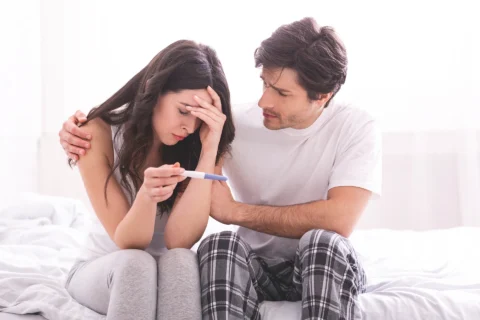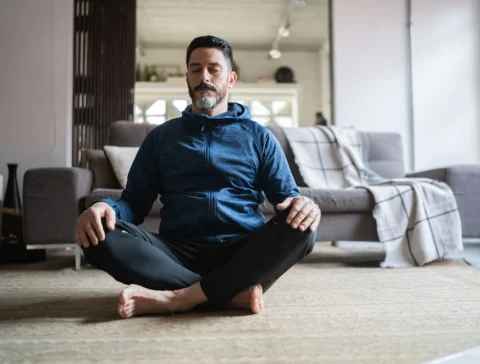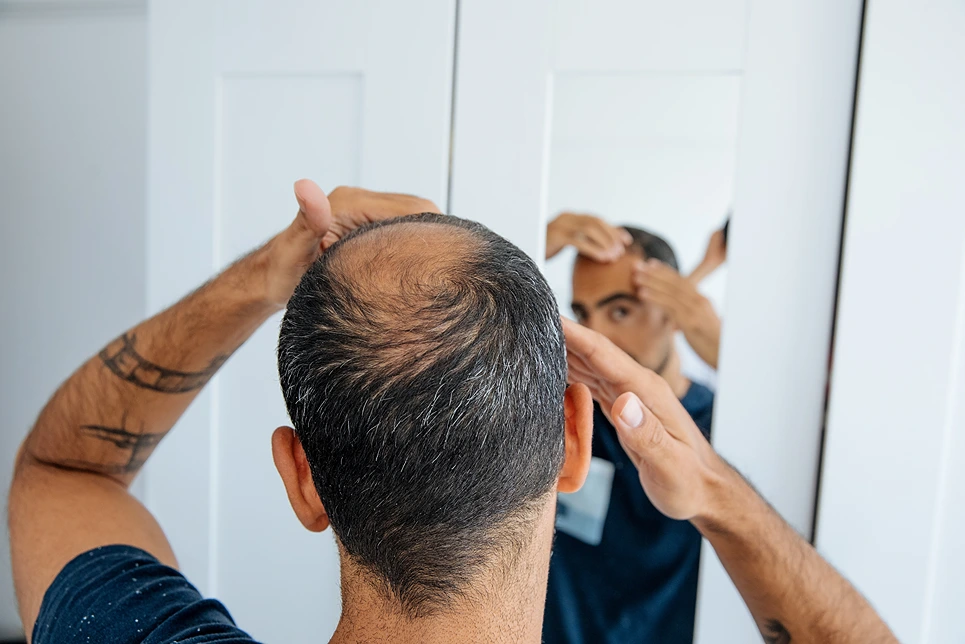
If you’re considering testosterone replacement therapy (TRT), you may have concerns about potential hair loss side effects.
Our experts in men’s health and aesthetics here in Ethos Spa want to give you the facts on TRT and hair so you can make an informed decision.
How TRT Affects Hair Follicles and Growth Cycles
When you supplement with testosterone, your body converts some of it into dihydrotestosterone (DHT). This androgen hormone plays a key role in male pattern baldness by binding to hair follicles on the scalp.
DHT shrinks the follicles over time, making your hair thin out and shed excessively. Genetics determine how sensitive your follicles are to DHT – the major factor in male pattern baldness risk.
So in some men, raising testosterone leads to elevated DHT levels that accelerate hair miniaturization and loss. But it’s not guaranteed to happen.
Let’s look at what factors influence hair loss risk on TRT.
Who’s at Risk For Hair Loss on TRT?
If you’re considering TRT, it’s natural to be concerned about potential hair shedding. However, the risk varies based on:
- Genetics – Family history of male pattern baldness indicates sensitivity to DHT.
- Age – Hair loss progresses with age as testosterone declines and DHT remains high.
- Baseline hair density – Those with early stage balding are more prone to hair loss versus a full head of hair.
- Current testosterone levels – Men with very low baseline testosterone seem more susceptible.
- DHT sensitivity – Presence of balding gene determines DHT receptor sensitivity.
- Dosage and method – High doses via injections may raise DHT more than gels/pellets.
- Duration on TRT – Long term therapy increases cumulative exposure to DHT.
The best way to determine if TRT could accelerate hair loss is to evaluate your risk factors through medical history, exam and lab testing.
What Percentage of Men Lose Hair on TRT?
Studies show hair loss for around 6% of men on TRT, compared to just over 3% of men not taking it. But in most cases, hair changes were relatively mild.
Men with a strong family history of baldness have the highest risk of extensive shedding on TRT. Your doctor can help analyze your genetic odds.
Does Hair Fall Out Right Away on TRT?
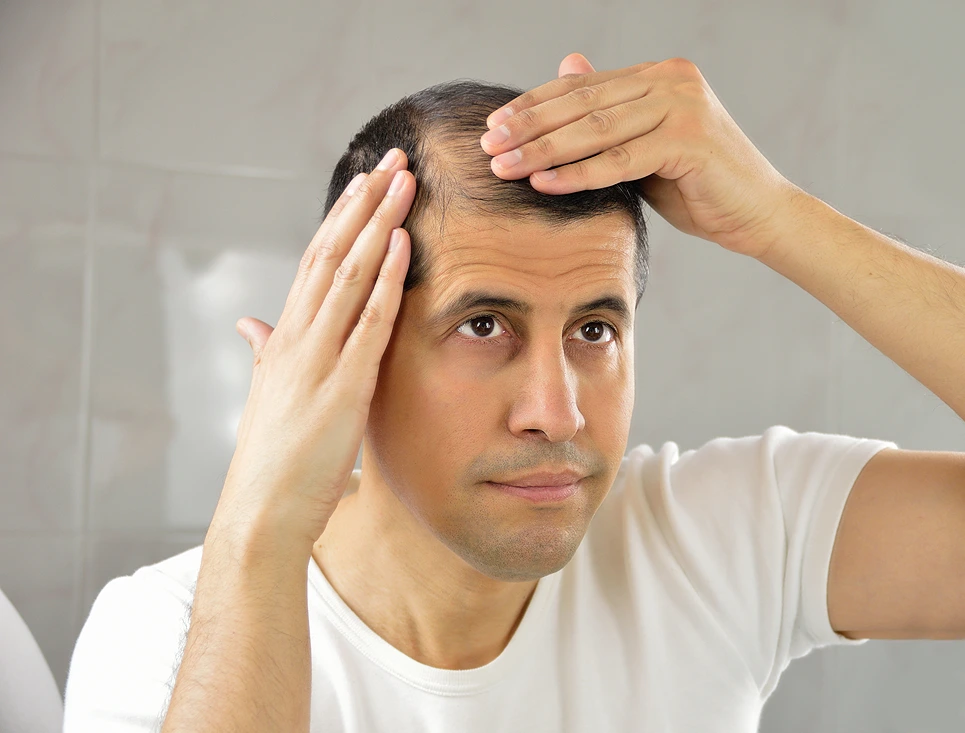
Hair loss on TRT tends to be gradual. In the first few months, you may notice slightly more shedding in the shower or on your pillow. Without prevention, it could progress to visible thinning over 1-2 years.
Some men initially see faster growth from increased testosterone levels on TRT. But DHT then suppresses follicles, overriding the growth spurt.
The patchy spots or receding hairline of male pattern baldness may arise after prolonged DHT elevation. Catching it early makes treatment more effective.
How Can I Stop Hair Loss on TRT?
The best way to avoid significant shedding is starting preventative therapy when beginning testosterone therapy. This can halt DHT damage before it intensifies.
We recommend finasteride or dutasteride to block DHT activity on scalp follicles. These oral medications work to maintain and even regrow hair in most men on TRT.
We can also provide platelet-rich plasma (PRP) injections to stimulate growth factors and rogaine to improve follicle metabolism. Laser treatments prompt regeneration too.
Consistency is key – delaying prevention even 6 months can reduce success rates. But rest assured, options remain if hair loss on TRT does worsen over time.
What are Strategies to Minimize Hair Loss on TRT?
The skilled providers at Ethos Spa use an individualized approach to keep your hair healthy on TRT. We can:
- Prescribe optimal dosing to avoid excessive DHT elevation. Monitoring levels prevents hair shedding.
- Use microneedling to enhance minoxidil absorption for robust regrowth.
- Recommend laser light therapy to improve hair follicle circulation and thickness.
- Suggest supplements like saw palmetto to inhibit DHT uptake in the scalp.
With close monitoring and adjunctive treatments, most men maintain and even restore their hair on TRT.
What If I Quit TRT – Will My Hair Grow Back?
If DHT has substantially shrunk your hair follicles over time, quitting TRT won’t automatically reverse that damage. However, prevention started when stopping TRT can help maintain and regrow some hair.
Discuss tapering off testosterone therapy slowly rather than abruptly ending it. This prevents shock loss from the hormonal shift. Continuing DHT blockers and rogaine is critical as well.
With a thoughtful transition plan and proactive treatments, you can preserve hair after discontinuing TRT. We’re here to guide you through the process.
Take Control of Your Hair Health

If TRT is recommended for improving your health, don’t let hair loss fears hold you back unnecessarily. With expert guidance, you can implement preventive solutions from day one and get the most from testosterone therapy.
And if you do experience thinning on TRT, effective treatments can restore your hair so you look as vibrant as you’ll feel. Contact Ethos Spa today to discuss your options. Our experienced physicians will make sure you get real solutions tailored to your specific situation.
We’ll protect your hair health every step of the way – call us today to schedule your consultation!

